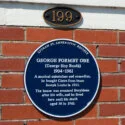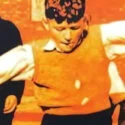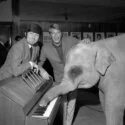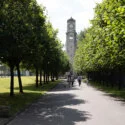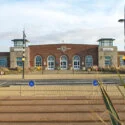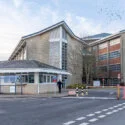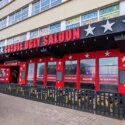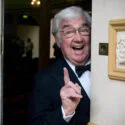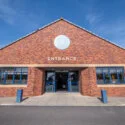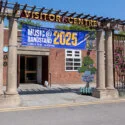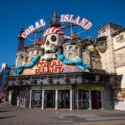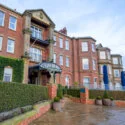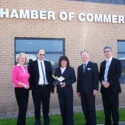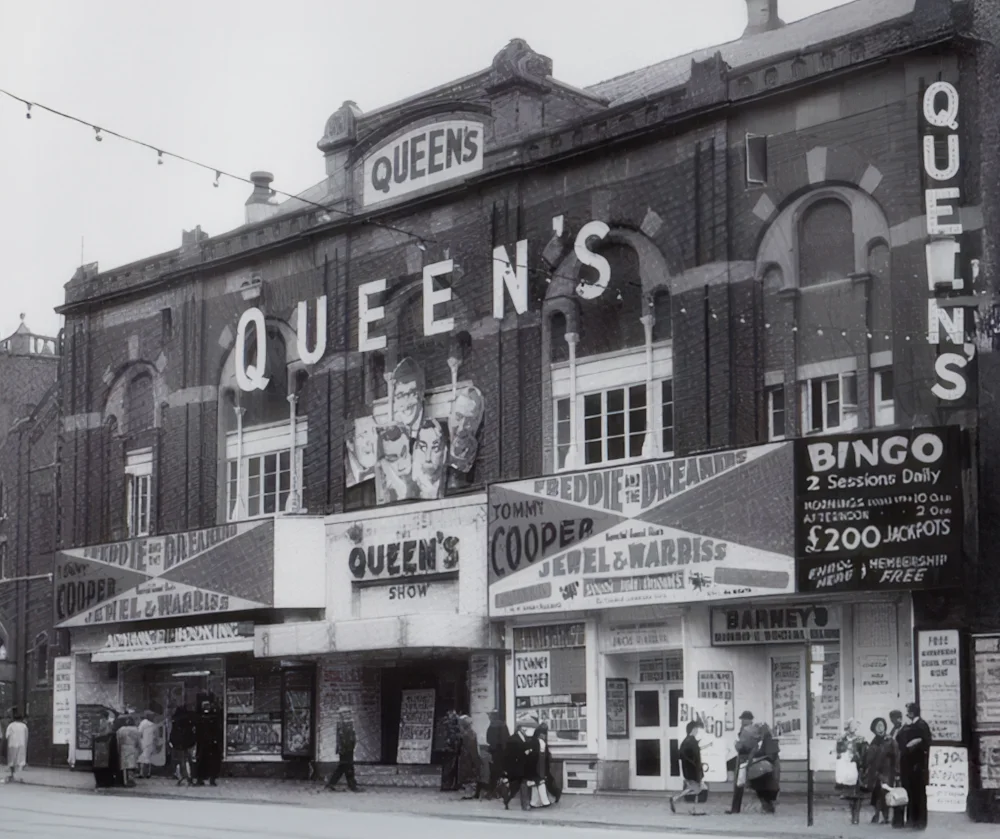The Borough Theatre, situated on Bank Hey Street in central Blackpool, opened its doors in September 1877, marking one of the town’s earliest ventures into purpose-built entertainment venues. Its establishment reflected the rapid transformation of Blackpool during the late nineteenth century, when the resort’s growing popularity demanded new spaces for leisure and performance.
Only two years after its opening, in 1879, the building was sold and repurposed under the name Bannister’s Bazaar, a commercial adaptation that mirrored the changing demands of the resort’s bustling visitor economy. Its theatrical life resumed decades later when, in 1927, the entrepreneur Bert Feldman acquired the property and reopened it as Feldman’s Theatre. Feldman, a notable figure in British music publishing and variety entertainment, brought renewed vitality to the venue, positioning it within the vibrant entertainment circuit that defined Blackpool’s interwar years.
In later years the theatre was renamed the Queens Theatre, under which title it became a familiar part of Blackpool’s mid-twentieth-century cultural landscape. Among the many performances it hosted, one stands out as a memorable episode in both local and national popular history. On 4 August 1963, at the height of Beatlemania, the Beatles performed at the Queens Theatre as well as at the nearby ABC Theatre. The event drew crowds of fervent admirers whose excitement caused considerable disruption outside the venue. Reports described how the band, unable to enter through the main doors due to the throng of fans, were escorted through a neighbouring construction site, guided across scaffolding, and lowered through a trap door in the roof to reach the stage in time for their performance.
Despite its lively past, the theatre’s fortunes declined during the later twentieth century as Blackpool’s entertainment landscape evolved. The building was demolished in the 1970s to make way for a new C&A department store, continuing the site’s association with commerce rather than culture. The store later became occupied by TK Maxx, yet the ground it stands upon still recalls the layered history of performance, enterprise, and popular spectacle that once characterised the heart of Bank Hey Street.
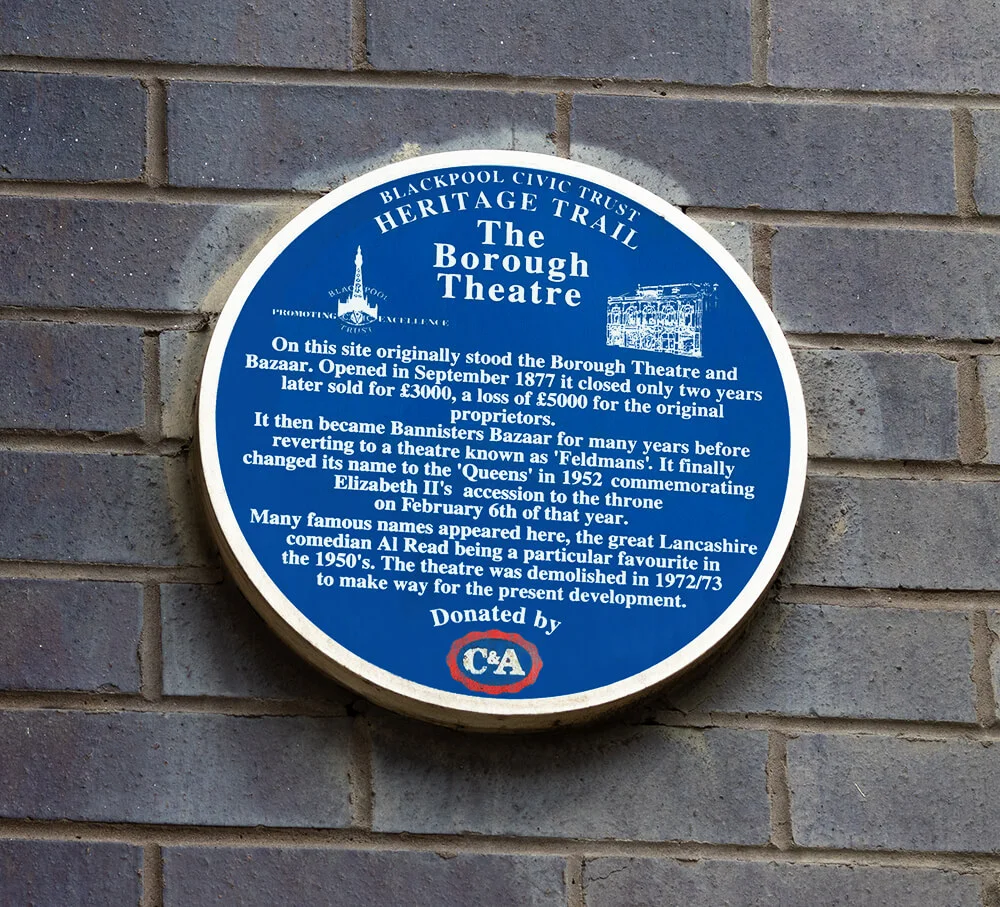
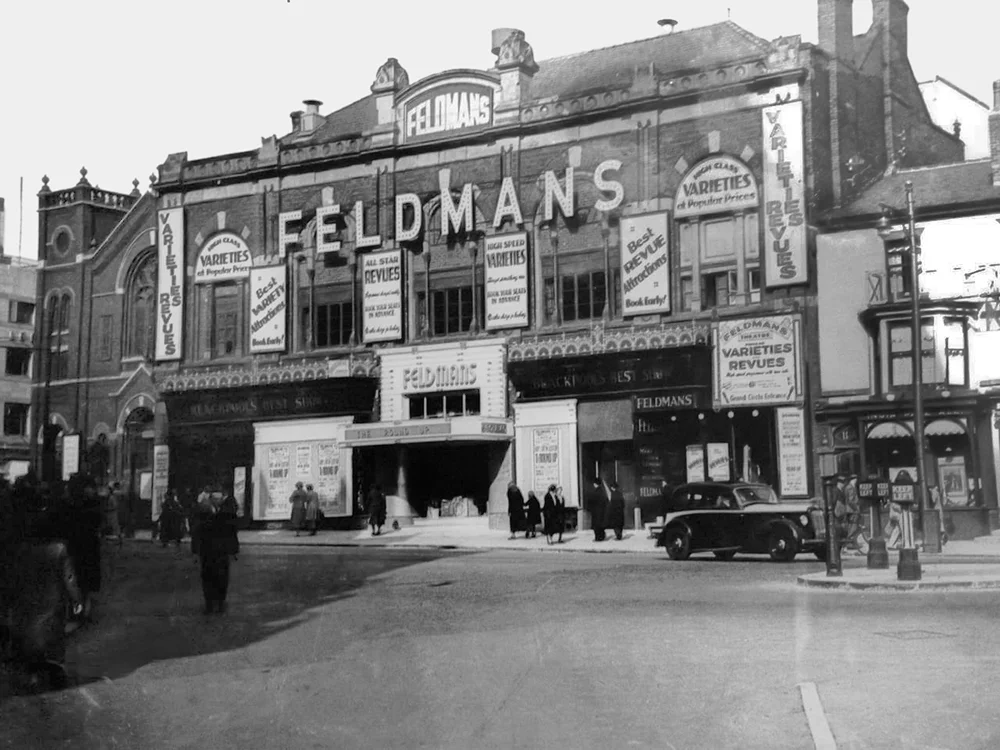
Provided by © Steve Gomersall
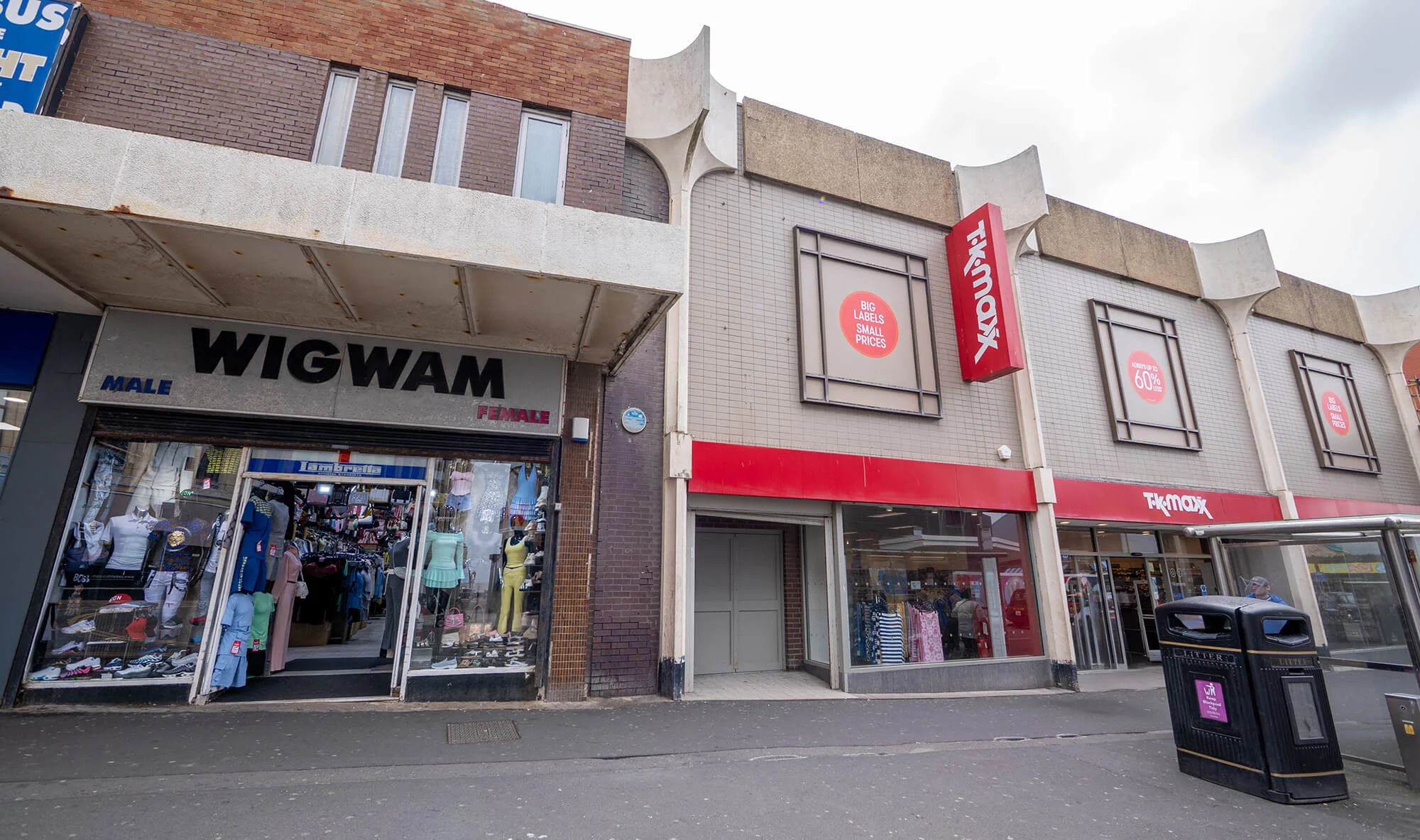
Text source: Google AI Overview
Images by © Deeper Blue Marketing & Design Ltd




